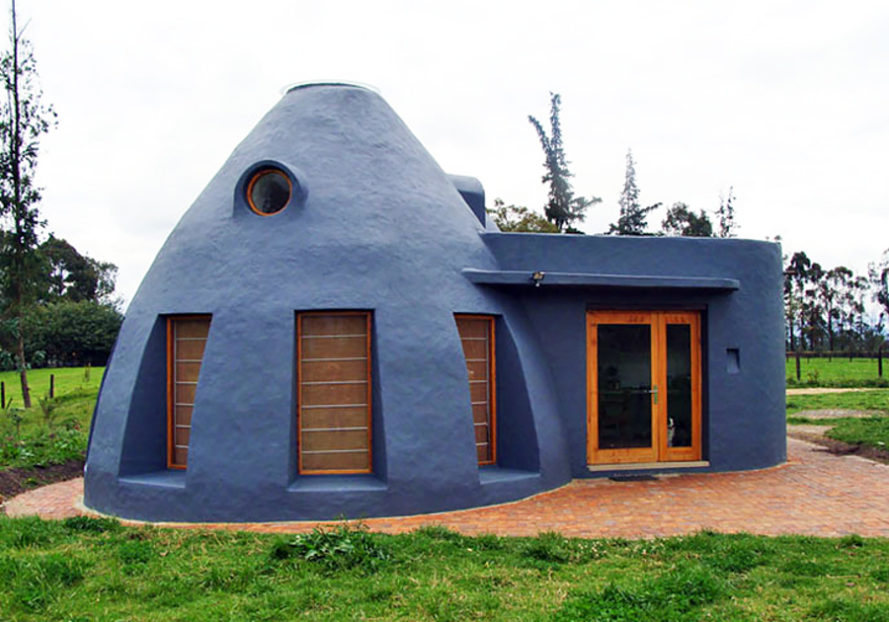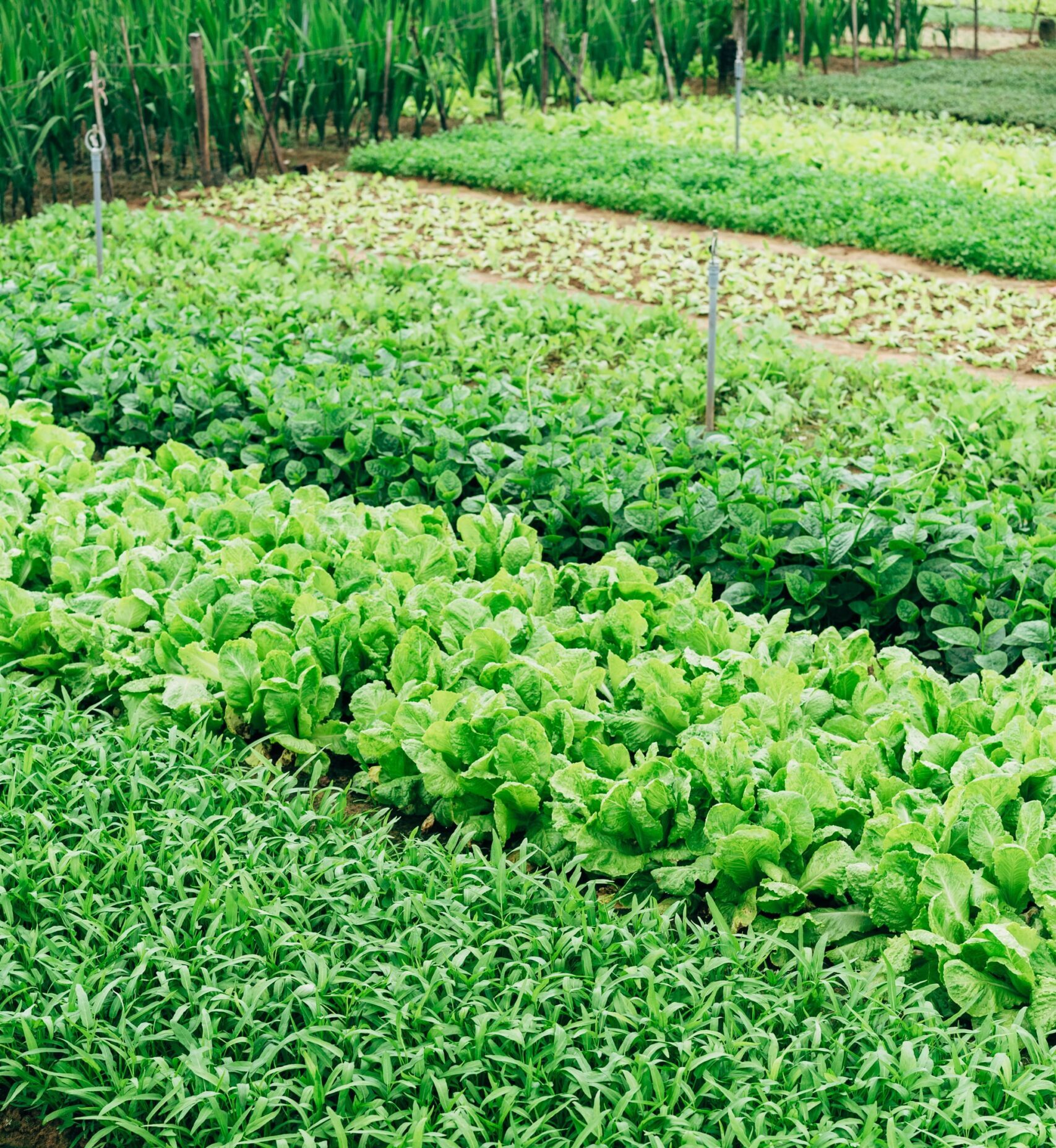Earth-building and earthen homes have been gaining popularity in the Western world, earning a reputation for their distinguished aesthetics and archaic architectural feeling. But their popularity isn’t thanks to looks alone. These homes and structures are a common alternative to what is thought to be the “traditional” building approach and have been praised repeatedly in sustainably conscious communities. So… What’s all the buzz about?
Many earth-based homes can prove to be an inexpensive, green, and fully vegan method that could help mitigate homelessness and decrease negative effects on the environment. We were once cave-dwellers, after all!
Benefits for both you and Earth
Earthen homes are inevitably more in sync with the environment, presenting a much more efficient way to utilize solar energy and solar heating. The often domed ceilings let in natural light and ventilation, staying cool in the summer and warm in the winter without much effort. The seamless construction void of edges means fewer breaches—leading to less dust and less likely unexpected visits from furry friends. They have proven to be extremely durable in fires, storms, and pretty much any natural disaster you could think of. Building these homes also takes less energy, as they derive their materials straight from the Earth. They are also cost-effective because you will be spending less on extra add-ons and fix-ups that are only necessary for less efficient structures such as brick or wood.
How They Work
Earth-building technology has been around for thousands of years, but developed nations have become “showy,” building taller and taller in somewhat inefficient and destructive ways. The vision is often more about being a status symbol rather than living sustainability. Nowadays, about 30% of the world’s population lives in homes made of earth. The main methods of building are rammed and earthbag techniques, which commonly use a mix of clay and aggregate soil that is dampened and packed solidly. This simple mixture proves to be incredibly durable, which is shown in a number of still-standing ancient architectural beauties such as the Granada Alhambra Palace in Spain and the structures of Jericho that were built around 8,000 BCE during the pre-pottery Neolithic.
Some ongoing earthen projects include the works of the Brzee Studio in India, the Stoltz Bluff Eco-Retreat cob house, and a variety of different eco-building workshops such as those offered at the Mojave Center and the Natural Living School.
If you are considering embarking on the journey of earthen building yourself or simply want to take part in the experience, there are several Airbnb’s that offer stays in this style home. A couple of examples are:
https://www.airbnb.com/rooms/457547?source_impression_id=p3_1618108324_FYzJG3No8Q4kQOGK
https://www.airbnb.com/rooms/34935649?source_impression_id=p3_1618108551_DA30B9IjX%2FaeKNsJ
Would you consider building or living in an earthen home?
__
Photo: Jose Andres Vallejo; Vidar Nordli-Mathiesen via Unsplash






